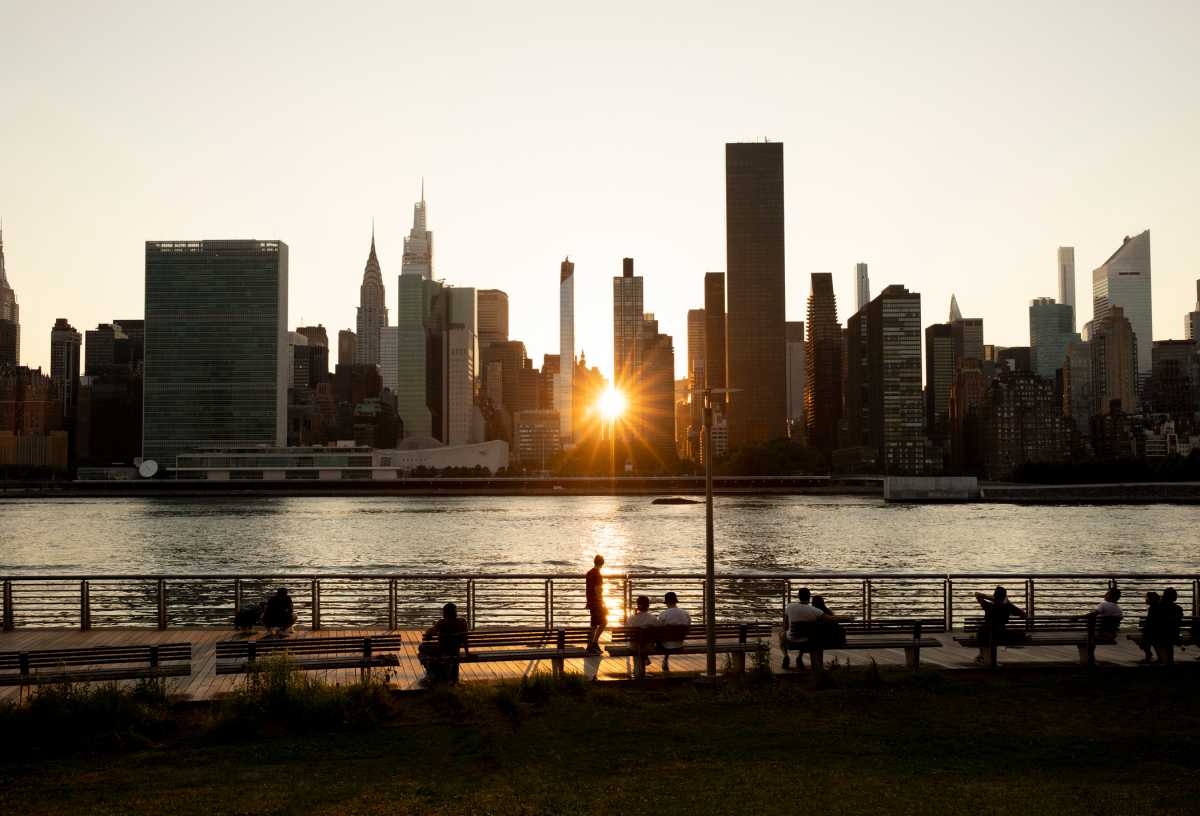Queens residents reported the highest well-being score among New York City’s five boroughs, according to a new report from the nonprofit Measure of America.
The findings, based on data collected through 2022 and published via the organization’s data and mapping platform DATA2GO.NYC, show that Queens earned a well-being score of 7.73 on a 1-to-10 scale using the American Human Development Index. The index is a composite measure based on health, income, and education indicators.
Queens was the only borough to surpass a score of 7. The Bronx followed with a score of 6.14, while Manhattan scored 5.8, Staten Island 5.54, and Brooklyn trailed behind with a score of just 3.91.
One of the primary drivers of Queens’ high ranking was its life expectancy, which reached 81.3 years—the highest of all five boroughs. The Bronx came in second at 80.7 years. Notably, neighborhoods such as Long Island City, Sunnyside and Woodside experienced significant gains in life expectancy, contributing to Queens’ top position citywide.

Another major factor was education. Queens posted an Education Index score of 7.8—well above its counterparts. The index, also on a 1-to-10 scale, reflects school enrollment among residents aged 3 to 24 (weighted at one-third) and the percentage of adults aged 25 and older with an educational degree (weighted at two-thirds). Manhattan was next with a score of 6.1, followed by the Bronx (6.0), Staten Island (5.6), and Brooklyn (4.2).
Queens also led in public education outcomes. The borough’s public school graduation rate was the highest in the city at 90.5%, just ahead of Staten Island’s 89.6%. Moreover, Queens had the highest rate of high school graduates enrolling in postsecondary education within six months of graduation, at 71.1%.
However, Queens did not top every category. The borough had the second-lowest median personal earnings among the five boroughs, at $46,200. Only the Bronx reported lower earnings, with a median of $34,900.
Queens also ranked near the bottom in terms of population density. Despite having the second-largest population in the city—2,252,196 residents, just behind Brooklyn’s 2,561,225—the borough’s population density stood at 20.9 thousand people per square mile. Only Staten Island, with a density of 8.5, was lower. Population density was calculated by dividing the total population by land area.
Overall, Queens’ strong performance in health and education metrics helped it secure the highest overall well-being score in New York City.



































